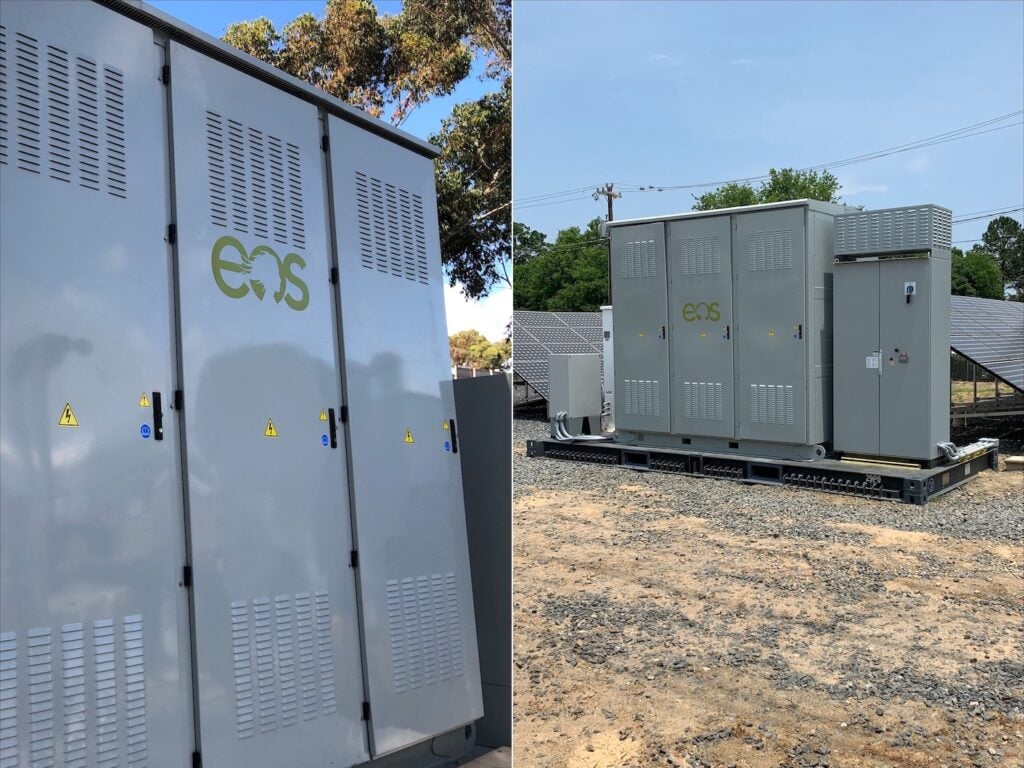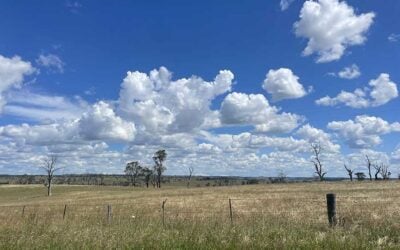
Eos Energy Enterprises has offered 2022 revenue guidance of US$50 million and the zinc battery storage company’s leadership has claimed gross positive margins can be achieved in a year and a half.
The company reported its Q4 2021 financial results on Friday. It narrowly missed a US$5 million full-year 2021 revenue target, netting US$4.6 million but noted that this represented a big jump on US$0.2 million recorded for 2020.
Enjoy 12 months of exclusive analysis
- Regular insight and analysis of the industry’s biggest developments
- In-depth interviews with the industry’s leading figures
- Annual digital subscription to the PV Tech Power journal
- Discounts on Solar Media’s portfolio of events, in-person and virtual
A large portion of those revenues were recorded in the fourth quarter, US$3.1 million across eight customer projects. Again this represented a big jump from US$0.7 million in the previous quarter. It received US$51.3 million in orders in Q4 2021.
Eos claimed its pipeline of potential orders is at US$4.1 billion, with CEO Joe Mastrangelo estimating a “hit rate” of about 30% from pipeline to booked order.
Full-year bookings for 2021 were confirmed as US$137.4 million. This figure had already been reported in November’s Q3 results — a possible extra US$150+ million of orders referred to at the time have not yet materialised but the company has said that it expects to secure US$400 million of orders from its pipeline during 2022.
“…you’re really starting to see the company now transitioning from an R&D company into a full-fledged operating company,” CEO Joe Mastrangelo said in a conference call to explain results.
Energy-Storage.news reported last week that Eos has solidified plans to expand manufacturing capacity from its facility in Turtle Creek near Pittsburgh to 800MWh of annual output for the Znyth aqueous zinc batteries it makes.
As with other energy storage companies that have gained stock exchange listings through special purpose acquisition companies (SPACs), Eos faces challenges in establishing itself as a profitable entity.
Recent financial results from iron flow battery company ESS Inc and smart distributed battery energy storage company Stem Inc illustrate this point — albeit all three companies have been upfront from prior to their SPAC mergers that profitability is a long-term goal.
Eos chief financial officer Randall Gonzales said in the call that while the company’s cost reduction goals were internal and would not be revealed publicly, it has modelled a path to gross positive margin which it could execute within 18 months.
In the running for DOE loan
The company has been invited to apply for a US government loan from the Department of Energy’s Loan Program Office, headed up by noted clean energy entrepreneur and investor Jigar Shah. The invite comes after Eos’ Znyth battery passed an initial stage of proving its ability to contribute to decarbonisation through use of an innovative technology.
Eos is set to compete for a pot of US$3 billion in loans available in the DOE Renewable Energy and Efficient Energy Loan Program tranche. CEO Mastrangelo said in a statement that another advantage of the company’s technology is that it largely uses abundant materials sourced domestically.
“Eos has invested in a domestic supply chain where 80% of our raw materials are within a five-hour drive of our factory––and our goal is to be above 90% by the end of 2022,” he said.
Reducing reliance on international suppliers also reduced uncertainty of delivery, the CEO said in the conference call.
He offered a musical analogy for the supply chain: “…you want these things to be like marching bands where they’re just going down, and they know the choreography, and they deliver what you need. The way the supply chain, the analogy I say is like supply chains become like jazz, where everybody’s kind of doing their own thing, and you want to put it all together and make it sound good.”
While the DOE loan would give Eos the financial ability to scale up production significantly, CFO Gonzales said in response to an analyst’s question that the company’s business model with regards to manufacturing is “very agile and flexible”.
“The business model from a manufacturing capacity perspective is not ‘build it and they will come’. We have the backlog and we’re expanding the [production] capacity in association with the backlog,” Gonzales said.
While Mastrangelo noted that Eos is going after the mid to long-duration energy storage market and that the short-duration space will largely be dominated by lithium-ion, the zinc battery technology could scale faster and more cost-effectively.
Investment in the Turtle Creek facility equates to US$50 million per gigawatt-hour of annual manufacturing capacity, Mastrangelo claimed, 60% less than the cost “if you were doing a comparable lithium-ion facility”. This is based on a full-year projection that between US$25 million and US$35 million investment will be required to create its 800MWh of production capacity.
Due to high costs and expenses of nearly US$140 million, Eos recorded a net loss of US$124,216,000 for 2021, but held more than US$105 million in cash, cash equivalents and restricted cash at the end of the year.
The company’s ongoing challenge is to scale up revenues and scale down costs to attain gross positive margins within that 18 month timeline. It has logged some high profile customer orders in the past few months: its systems have surpassed 400MWh of operation in testing and the field, a letter of intent (LOI) has been signed for a possible 240MWh project in Texas’ ERCOT market, Mastrangelo pointed out.
Meanwhile the Turtle Creek facility has received ISO 9001 quality management certification and Eos recently signed a multi-year supply deal for the high purity zinc-bromide used in Znyth’s electrolyte with chemicals company TETRA.
Conference call transcript by Seeking Alpha.






